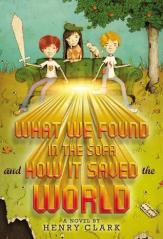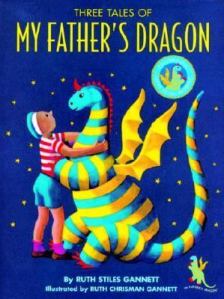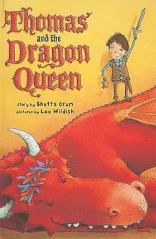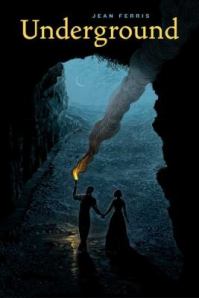 What We Found in the Sofa and How it Saved the World, by Henry Clark (lexile: 730; AR book level: 5.1; 355 pp)
What We Found in the Sofa and How it Saved the World, by Henry Clark (lexile: 730; AR book level: 5.1; 355 pp)
Nothing is quite what it seems. Certainly not the dark green sofa that River, Freak and Fiona find one morning sitting at their bus stop, in front of the old Underhill mansion. Nor the odd coin, zucchini-colored crayon, and double-six domino they discover between the sofa’s cushions. All are keys to a much bigger mystery, involving an evil billionaire bent on taking over the world.
River, Freak, and Fiona are themselves more than they seem, too. All three are middle-school misfits with difficult circumstances, gradually revealed as the story unfolds. In fact, theirs are the only three families left living in a section of town nicknamed “Hellsboro” — so called because 12 years ago a chemical plant accidentally (?) set fire to the nearby underground coal seam, and it’s been burning ever since.
The action begins when Fiona (the science/internet genius) discovers online that the zucchini crayon is rare — so rare that someone might pay a lot of money for it. So they decide to auction it on ebay, and the bidding soars into the thousands! But what if the sofa — and its contents — actually belonged to old Mr Underhill? So they try to contact him … and I’ll leave you the fun of discovering the rest.
This is Clark’s first novel (he has previously written for Mad magazine), and it is refreshingly original, clever, funny, action-packed, and very well written. The plot is certainly a little wacko, but the three main characters are wonderfully-believable and likeable middle-schoolers. In the end their quirks become their strengths, and their courage does, indeed, save the world. There are hints of a sequel, which I hope will be just as much fun as this first book.

 Navigating Early
Navigating Early
 Artemis Fowl
Artemis Fowl Swindle
Swindle
 Thomas and the Dragon Queen
Thomas and the Dragon Queen

 Journey to the Bottomless Pit: The Story of Stephen Bishop & Mammoth Cave
Journey to the Bottomless Pit: The Story of Stephen Bishop & Mammoth Cave Underground
Underground

